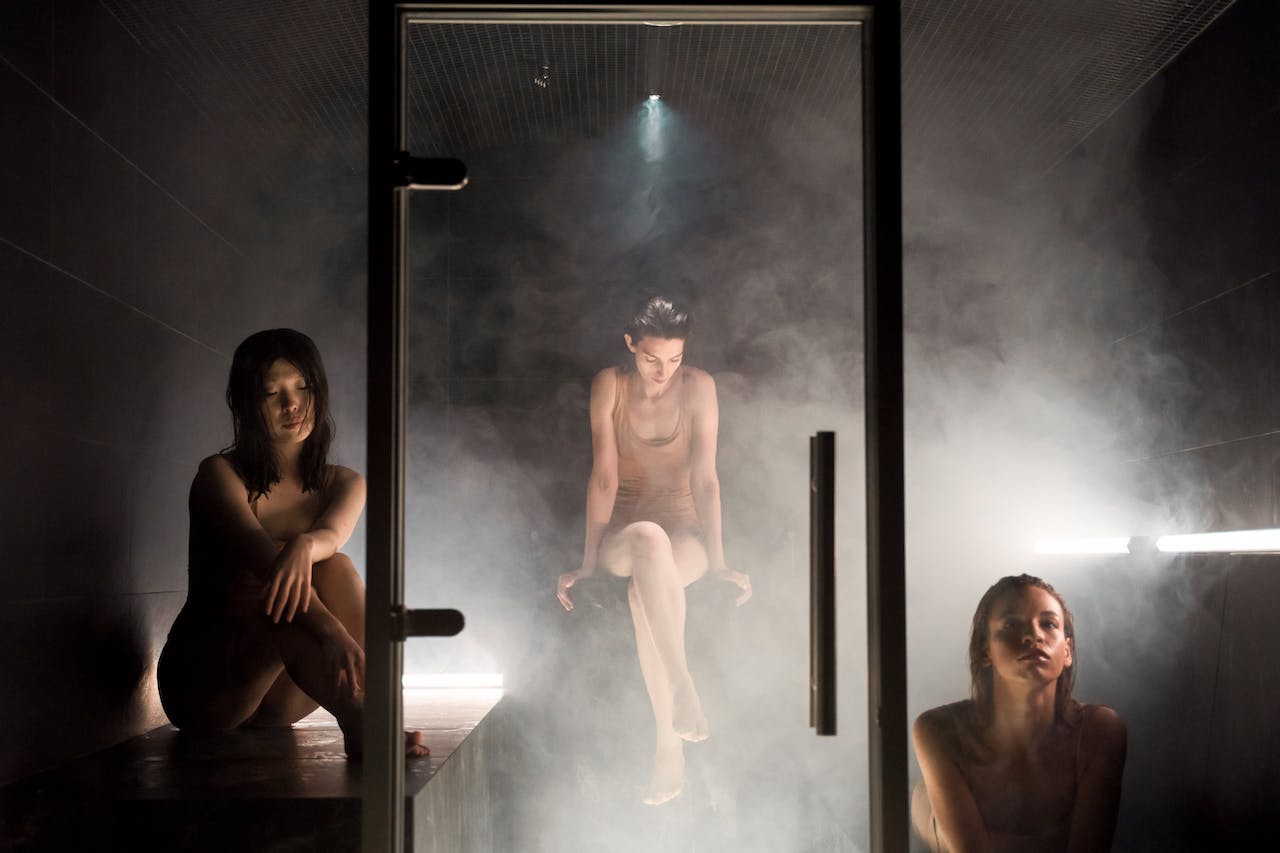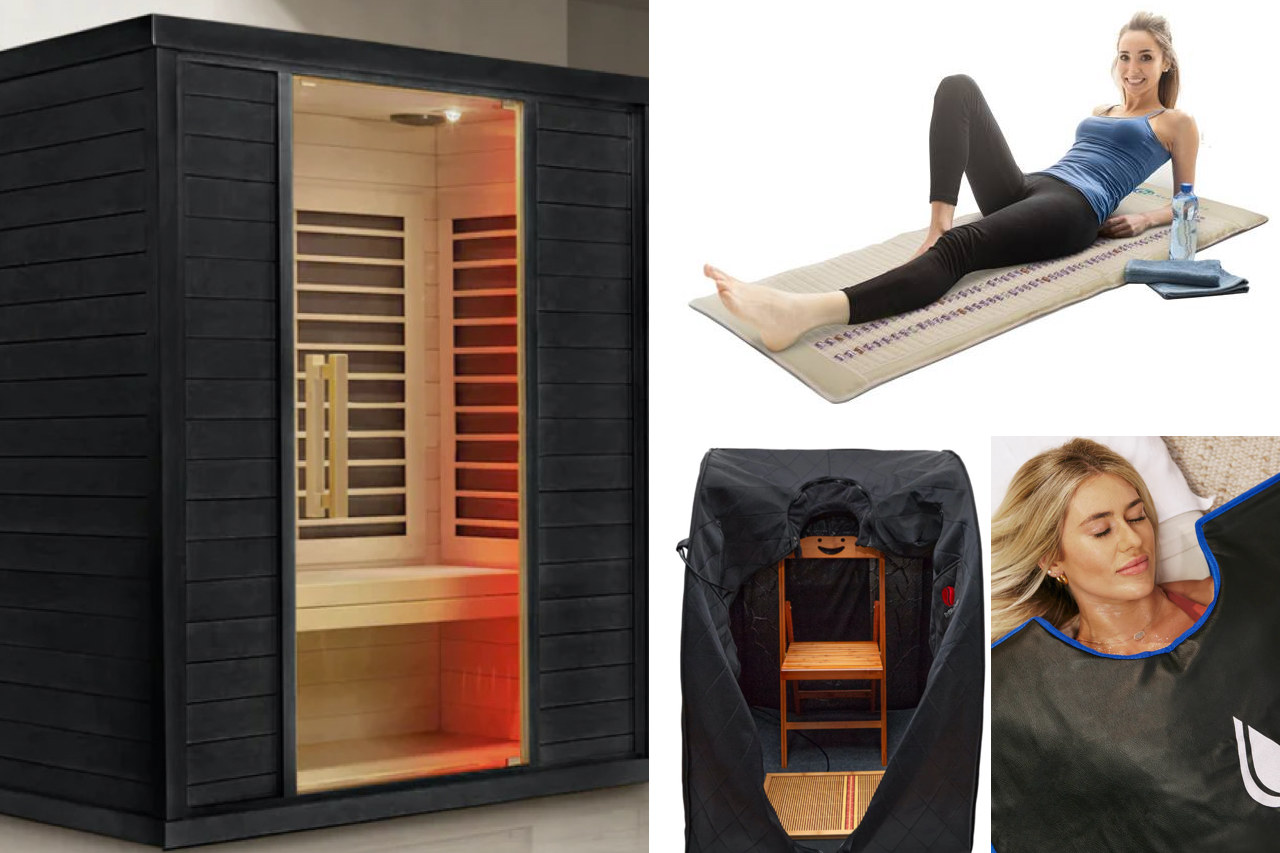- HOME
- Sauna Tents
Sauna Tents Explained: Science‑Backed Benefits & How to Use Them
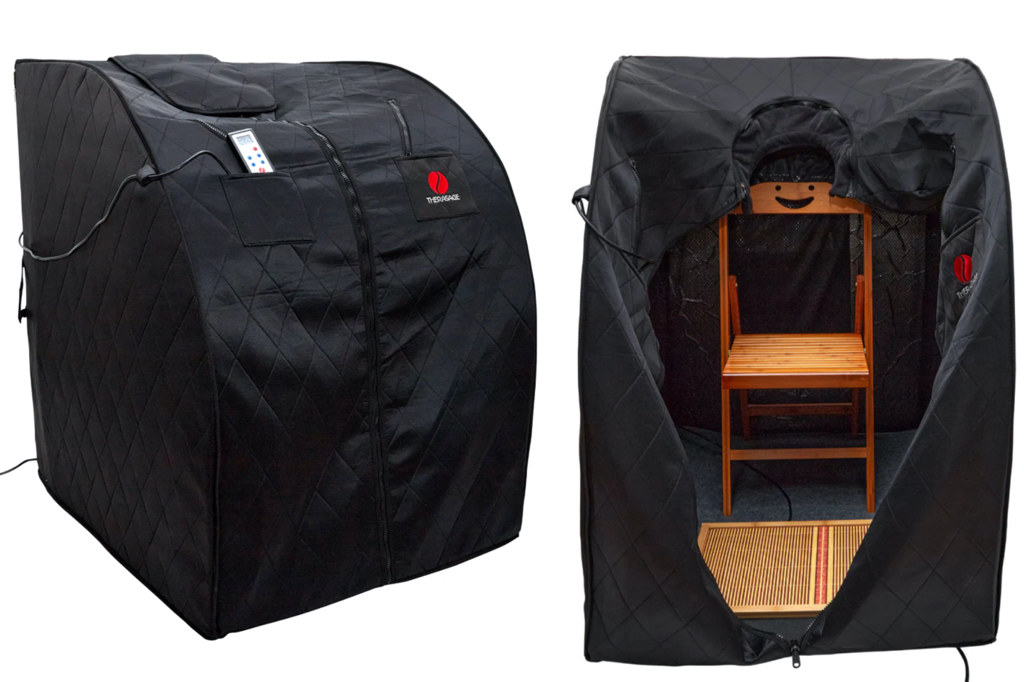
Infrared sauna tents rapidly gain popularity as a flexible and convenient home wellness solution. They stand out for their ability to provide both relaxation and active uses, such as yoga, in any home setting.
Below we take a closer look at the practical applications of infrared sauna tents. When compared to traditional sauna cabins they might be even the better choice for you.
Infrared Sauna Tents
Infrared sauna tents vary widely from personal sizes to large ones for yoga or group use, and come with features to improve your sauna experience.
PERSONAL IR SAUNA TENTS
These are the smallest type of infrared sauna tents and designed for single-person use. They encompass the body while seated, leaving the head exposed outside the tent.
Infrared Light Energy
Personal sauna tents utilize infrared light to heat the body directly. The infrared energy, emitted from heaters built into the tent walls, penetrates the skin, heating the body from the inside without warming the surrounding air.
Far Infrared Radiation
Most of these tents typically use carbon fiber [1] Far Infrared Radiation (FIR) heating elements. FIR is a specific sub-region within the infrared spectrum, preferred for its ability to generate a consistent heat at temperatures around 60-65 °C (140-150 °F).
Construction Material
The tents are usually made from durable, moisture-resistant polyester, which is robust and water-resistant, making it suitable to withstand sweat and moisture exposure. Some tents come with a pole frame for support, made from plastic in budget models and lightweight metal in more premium models.
Ease of Use
They are designed for simplicity and ease of use. They can be set up quickly, often within five minutes, and require a short preheating period before use.
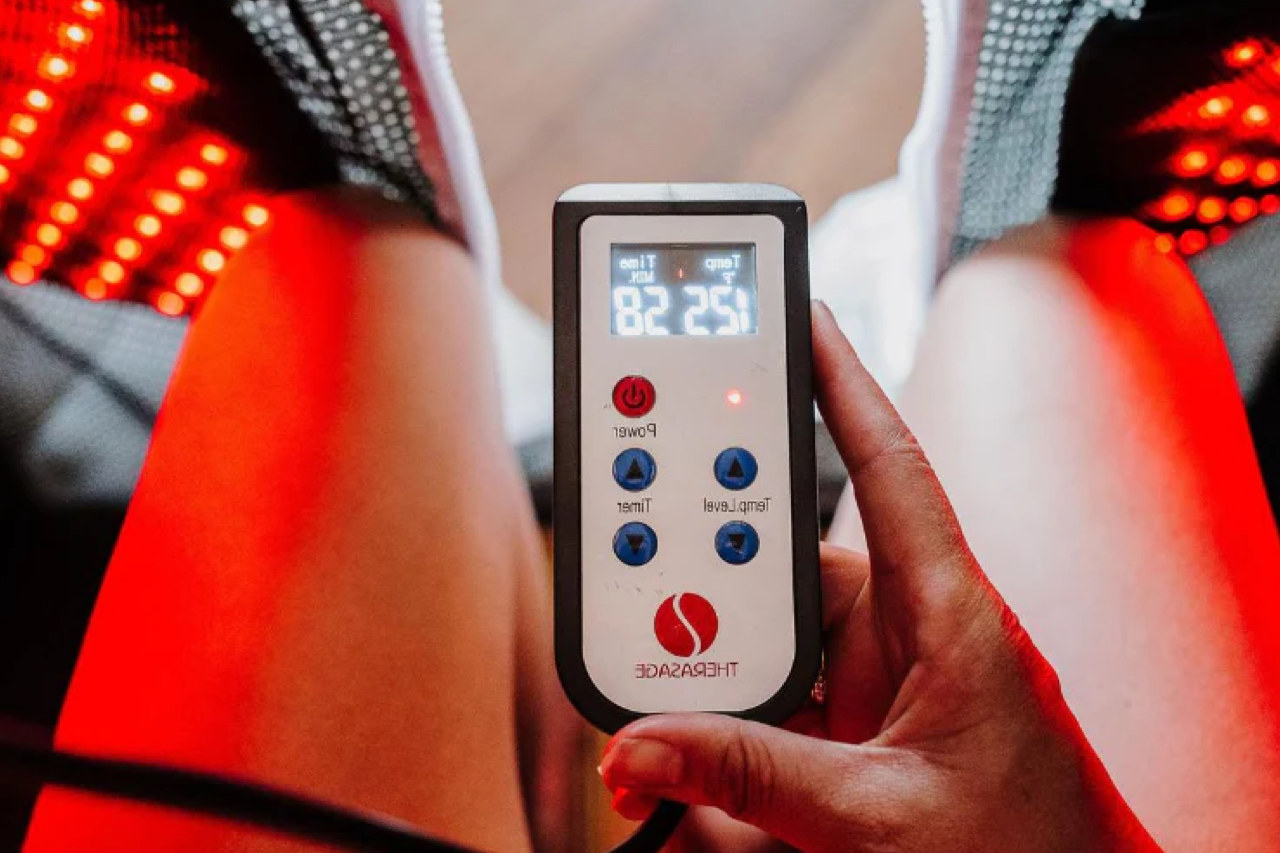
Design Features
Personal sauna tents typically include features like a foldable chair and a heated foot pad. They are designed with portals on the top and front, allowing the user's head and arms to remain outside for comfort and convenience.
This design also enables easy access to a handheld controller for adjusting settings.
sizes
The average dimensions of personal infrared sauna tents are around 30” wide x 30” deep x 40” high.
prices
The personal infrared sauna tent market exhibits a varied price range, mainly influenced by brand, wavelength range, and built-in features. They start at prices of $ 200, going up to $ 1,300.
Navigating this diverse landscape requires a balance between personal wellness goals, budgetary constraints and desired features, to ensure the chosen sauna tent suits individual needs and lifestyle preferences.
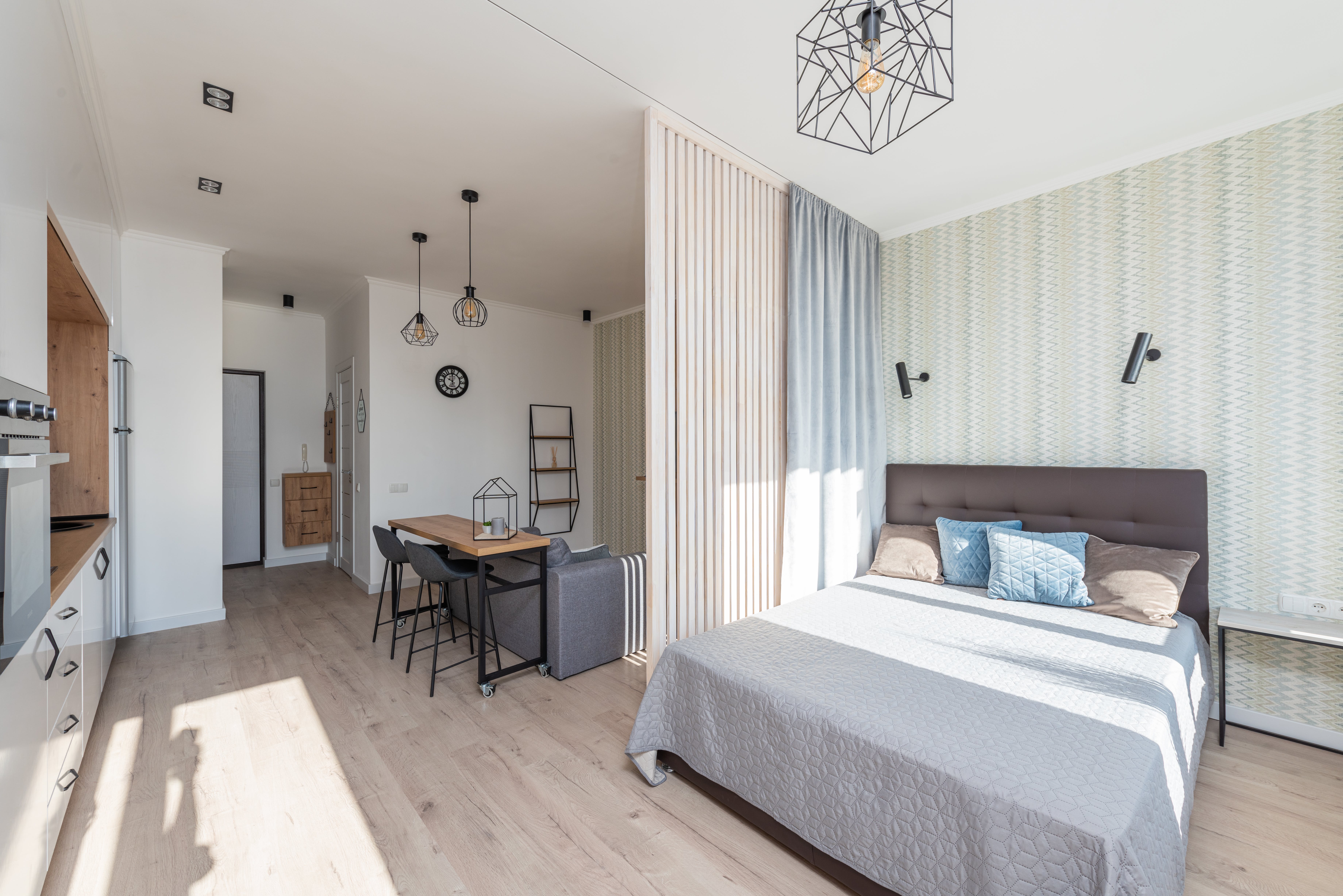
Personal IR sauna tents are great when you have limited space
General Health Benefits
Detoxification: Personal sauna tents facilitate detoxification by encouraging a deep, toxins eliminating sweat, mobilizing toxic compounds below the skin's surface.
Relaxation: They help increase serotonin, which is crucial for mood regulation. Serotonin acts like a messenger in our brain and body, playing a key role in keeping our mood balanced and making us feel calm.
Pain Relief: The deep penetration of infrared heat helps improve circulation and blood flow to muscles and joints, aiding in pain relief and recovery.
Potential Weight Loss: A session in a personal sauna tent can burn calories by increasing heart rate, similar to the effects of moderate exercise.
Improved Circulation: The heat from the sauna increases core body temperature, which can improve circulation and potentially lower blood pressure.
SAUNA TENTS (2-person or yoga)
These more spacious tents fit one or two people and are ideal for yoga. They offer ample room for movement and the added warmth enhances the practice.
Infrared Spectrum
Infrared sauna tents generally offer a broader spectrum of infrared heat, including near-infrared or full-spectrum options like incandescent light panels. This full-spectrum approach caters to a wide range of health benefits, from skin rejuvenation to deeper muscle relaxation.
On the other hand, some tents specifically focus on near infrared radition (NIR) technology, which is known for its skin health and anti-inflammatory benefits.
Material Construction
The materials used in these tents are typically durable and designed for efficient heat retention. For example, a model designed for hot yoga and exercise utilizes a five-layer construction comprising nontoxic wood grain film, space blanket, bubble wrap, and other insulating materials.
This design ensures that the powerful near-infrared rays remain within the tent, bolstering the sauna experience. Next to that these tents provide a non-slippery surface to enhance the yoga experience.
Size and Portability
Despite their larger size compared to personal tents, they’re still designed for portability and easy storage. They are mobile and not fixed to one location, which allows users to move them around the house or take them on the road.
When not in use, they can be easily folded and stored in a compact space, making them suitable even for small homes or apartments.
Ease of Operation
Setting up these tents is straightforward, usually taking just 5-10 minutes, and they do not require preheating. The operation is facilitated with features like handheld controllers for temperature adjustment.
Versatility
Some larger tents are versatile enough to be used for hot yoga or exercise. They can be divided into two separate areas, allowing for different activities and accommodating one or two people. The inclusion of inserts for stand-up or sit-down positions makes them adaptable to various needs.
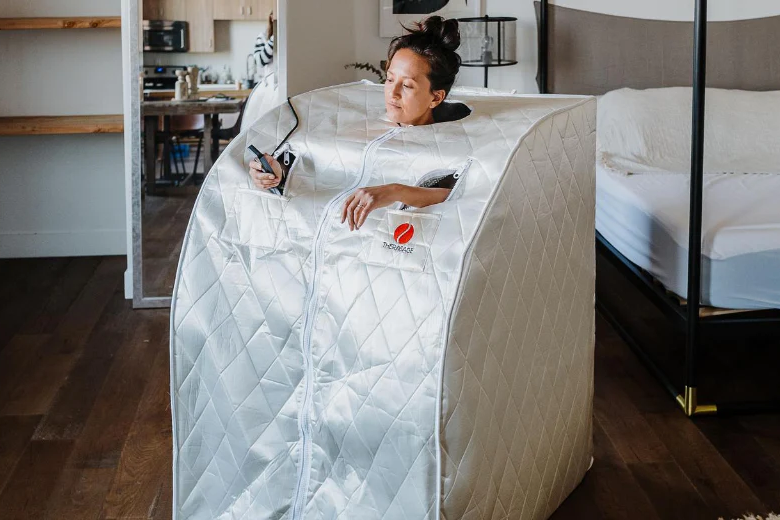
Thera360 PLUS Personal Sauna (white)
Innovative Features
In response to EMF concerns, select sauna tents now feature built-in EMF-blocking shields. These shields, made from materials that reduce EMF exposure, enhance safety for EMF-sensitive individuals.
This proactive health feature allows for worry-free infrared therapy sessions, offering protection against electromagnetic risks. [2]
prices
The market for these larger infrared sauna tents has a wide spectrum of prices, which are heavily influenced by factors such as brand reputation, infrared wavelength range and range of integrated features. Entry-level options are accessible from $ 630, extending to premium models priced up to $ 3,900.
General Health Benefits
The health benefits are generally the same as those of the personal IR sauna tent. However, the extra space and possibly the use of NIR heaters offer some additional advantages.
Sauna Workout Benefits: Exercises in a heated environment like a larger infrared sauna tent can lead to improved lung capacity, a more intense detoxifying sweat, and potentially assist with weight loss.
Enhanced Detoxification: The space allows for movement, combining physical activity with infrared heat to increase detoxification efforts, as observed with hot yoga or other exercise practices.
Improved Flexibility: Exercises in the heat, like hot yoga, can lead to better blood circulation and enhanced flexibility due to the heat relaxing the muscles and joints.
Skin Purification: Near-infrared light within the sauna promotes skin renewal and may help with cell turnover and scar reduction.

Thera360 PLUS Personal Sauna (Black)
When to Choose an Infrared Sauna Tent Over a Cabin
Deciding between an infrared sauna tent and a cabin? Consider these points:
Space Efficiency
Sauna tents are more space-efficient than cabins. They can be set up and taken down as needed, making them ideal for smaller homes or apartments where space is at a premium.
Cost
Infrared sauna tents are generally more affordable than cabins. Not only is the initial outlay lower, but they also tend to have lower operating costs due to their smaller size and efficient use of electricity.
Personalized Experience
Sauna tents can offer a more personalized experience. They heat up quickly and can be used for specific activities like hot yoga or targeted therapy, which might not be as feasible in a larger cabin.
Practicality
Sauna tents are practical for those who rent their home, have limited space, or need a portable solution that can be moved or stored away easily. They are also a good choice for individuals looking for the health benefits of infrared therapy without the larger footprint and higher cost of a cabin.
Are you looking to transform your living space into a sanctuary of wellness? Consider the benefits of an infrared sauna tent to transform your home into a spa retreat.
Saunace is supported by its audience. When you purchase through links on our website, we may earn an affiliate commission. Learn about our transparency and affiliate policy here.

Sam Everhart
Looking for more information? These articles might be of interest—plus, find expert reviews on PEMF mats, sauna blankets, and more on our blog at saunace.com.
References
1. Michio Inagaki, Carbon Fiber, ScienceDirect, https://www.sciencedirect.com/topics/materials-science/carbon-fiber
2. Dimitris J Panagopoulos and George P Chrousos Shielding methods and products against man-made Electromagnetic Fields: Protection versus risk, PubMed, https://pubmed.ncbi.nlm.nih.gov/30831365/

